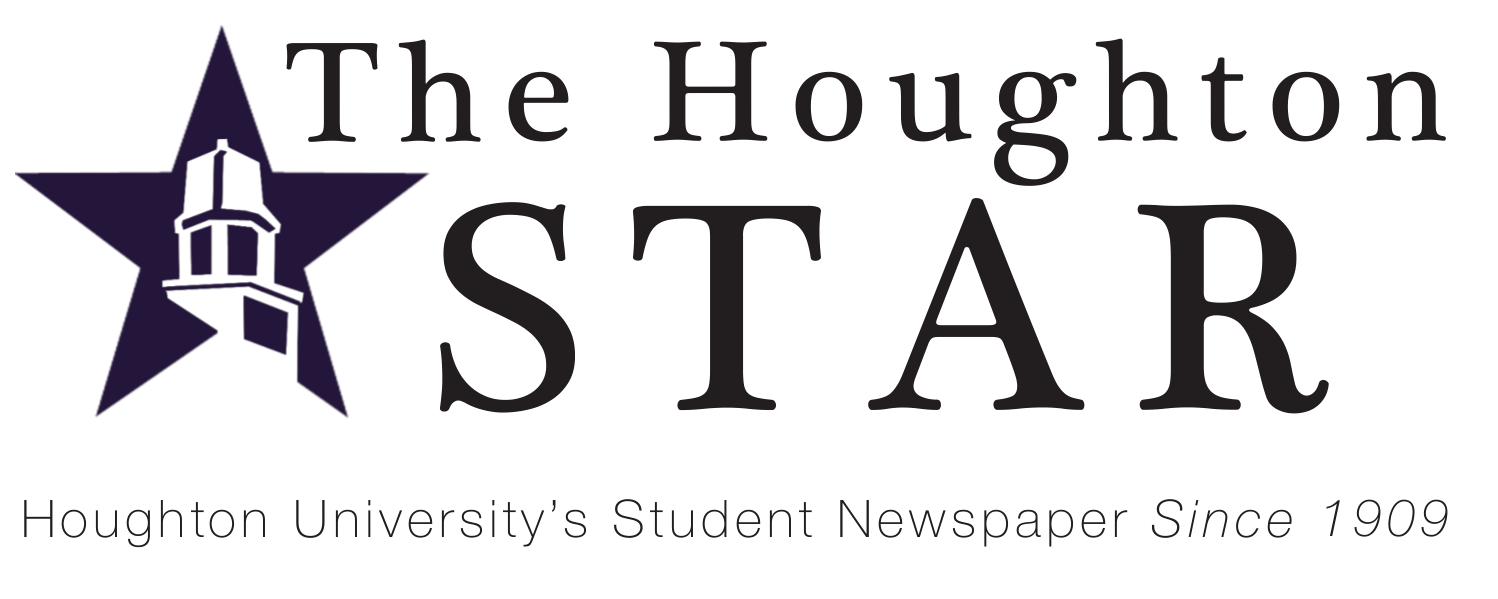Category: Campus
Counseling Through Community
This semester, Houghton’s Counseling Center will hold regular group activities to encourage community connection, reduce stress, and teach useful handicraft…
February 16, 2018
News, Campus, Stories In Focus
Admissions Bridges The Gap
The first encounter many prospective students have with Houghton comes through the Admissions Office, whose employees are essential to the…
February 16, 2018
News, Campus, Stories In Focus
Student Leader Profile: Hello, Matt!
When Matt Young ’18 graduated from high school in 2010, instead of immediately going onto higher education, he enlisted in…
Summer Showcase
On February 20, the VOCA center is offering an opportunity for students to interact with potential future employers and internship…
Valedictory Lecture: The Joy of Teaching
On Thursday, February 15, Professor Gary Baxter will deliver his valedictory lecture, the capstone to his thirty-seven-year career as professor…
SPOT On The Spot
Once again, SPOT is coming to the Wesley Chapel stage. Tomorrow at 10 p.m., students, faculty, and staff will take…
February 09, 2018
News, Campus, News, International, News
A New Kind of Adventure
After graduation, some Houghton students will head home to their families for the summer. Some will take the plunge into…
February 09, 2018
News, Campus, News, International, Stories In Focus
Being Present: A Semester Abroad
On February 1, a group of Houghton students boarded their plane for a semester-long adventure in Tanzania. This off campus…
February 09, 2018
News, Campus, Sports, Stories In Focus
Four Athletes Take the Lead
On January 26 and 27, representatives of Houghton’s athletic department attended the annual Empire 8 Summit at the Woodcliff Hotel…
February 09, 2018
News, Campus, Stories In Focus
Student Leader Profile: Hello, Garrett!
What started out as a simple hobby for Garrett Bock ’18 has recently morphed into a full-blown passion and creative…
